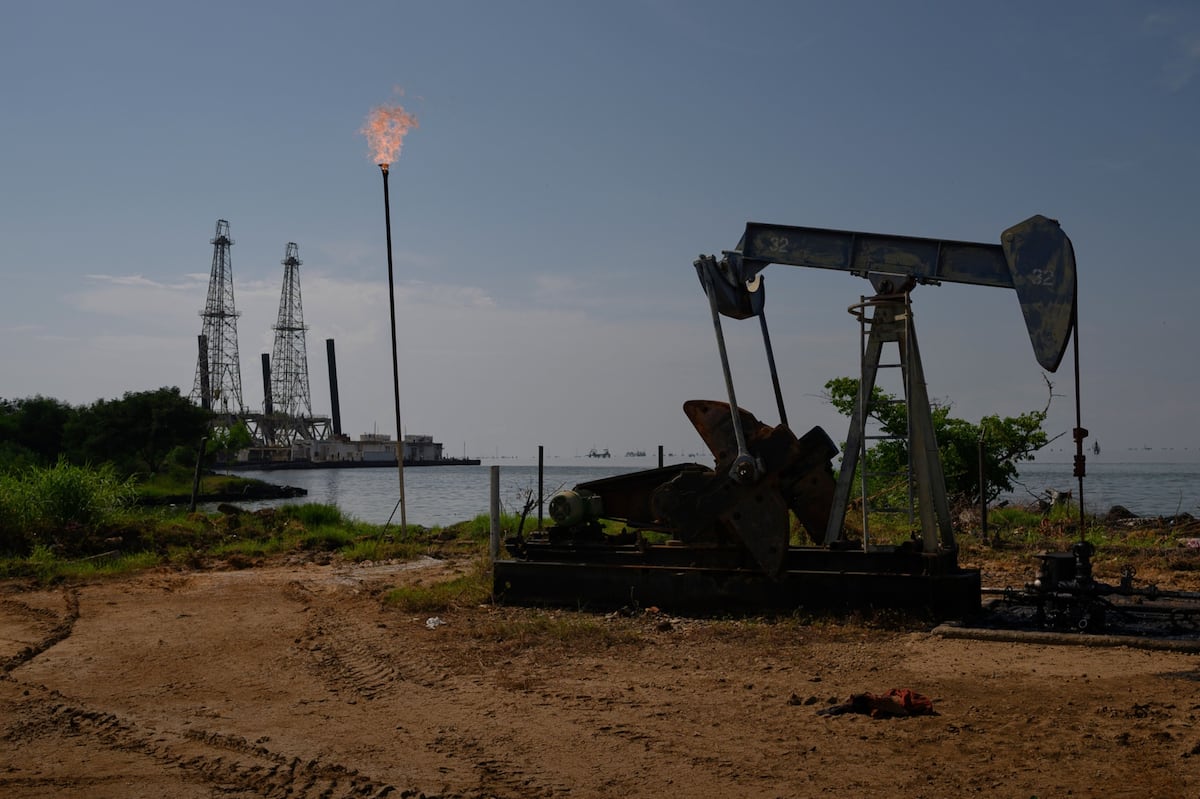The world is heading towards an oil glut in 2030 that will only be surpassed by isolation | Economy

The oil market pendulum swung some time ago, giving way to a new reality that is here to stay: there is plenty of crude oil, and more and more of it. The International Energy Agency (IEA) this Wednesday forecasts a situation of runaway overproduction in 2030, with dire consequences for the countries and companies that are most dependent on these raw materials: by the end of the decade, the world will produce eight million barrels more of these raw materials. you will consume. By then, the OECD’s energy division believes that electrification of the vehicle fleet, improved efficiency and reduced power generation from crude oil in the few countries that still use it will more than offset rising demand in developing Asia or aviation. and petrochemical sector.
Global crude oil demand will be about 105.4 million barrels a day at the end of this decade, up just over three from 2023, although it will begin to decline in the latter part of the period, the agency said. Meanwhile, output will rise to 113.8 million – six more than last year – due to pressure from countries outside the Organization of the Petroleum Exporting Countries (OPEC) cartel, the United States and other major American producers. (Brazil, Canada, Guyana, Argentina…) are in the lead.
The end result of both opposing forces will be an “astonishing” surplus of eight million barrels a day, IEA technical experts say. They highlight that this figure has “never been seen since the toughest restrictions aimed at stopping Covid-19” in 2020. “Such excess capacity could have serious consequences for oil markets, both within and outside OPEC, as well as for the industry. hydraulic fracturing (hydraulic fracturing) in the United States,” according to a study released early Wednesday morning. A serious warning to sailors after several years of good results; a period that is close to ending.
“As the post-pandemic recovery slows, the energy transition advances and China’s economic structure changes, oil consumption will slow and peak in 2030,” predicts IEA Executive Director Fatih Birol. “With so much oversupply on the horizon, oil companies should prepare their business plans and strategies for the changes ahead.” And also the countries that are most dependent on these raw materials.
If this trend holds true, OPEC’s current voluntary supply cuts, without which oil prices would go into a tailspin, will fail in their attempts to balance the market. Thus, uncertainty about which direction the still powerful classical oil club may be heading in the coming years will increase.
Much less consumption in Europe
The fall in demand will be especially important in rich countries, where it will fall by about three million barrels a day, rising from 45.7 million today to 42.7 million in 2030. Let’s go back to 1991, at the height of the Gulf War.
Restrictions on petroleum consumption will be particularly intense in Europe: after seven years, the Old Continent will record an average annual decline of 1%, ending the decade below 14 million barrels per day, one million less than the 2023 shutdown. Both this and the rest The IEA’s forecasts are based both on the energy and mobility policies implemented or announced by countries and on the technologies available today. Therefore, as Birol explained, any change in the exchange rate in one direction or another will also affect these figures.
Thus, the center of gravity of demand will shift from the Atlantic Ocean – which, with Russia out of the equation, concentrates the bulk of oil traffic heading to Europe – east of the Suez Canal, with increasing traffic between the Middle East and the rest of Asia. In addition, despite the sanctions, Russian products will continue to be supplied mainly to China and India. Meanwhile, diesel and kerosene shortages in Europe will “concentrate global competition in the middle distillates market.”
Relief at oil refineries
Recent tensions in oil refining—particularly exacerbated by Russia’s invasion of Ukraine—will give way to a radically different situation: although the planned increase in crude oil-to-fuel capacity will increase by only 3.3 million barrels per day, much less than in previous periods, it will be “enough to meet all demand.” Partly due to the aforementioned electrification of the vehicle fleet, and partly due to the growth of biofuels and natural gas derivatives. Two factors, he said, open the door to both a slowdown in Asian refining rates starting in 2027 and refinery closures in the latter part of the decade.
Follow all the information Economy And Business V Facebook And Xor in our weekly newsletter
Subscribe to continue reading
Read without limits
_
